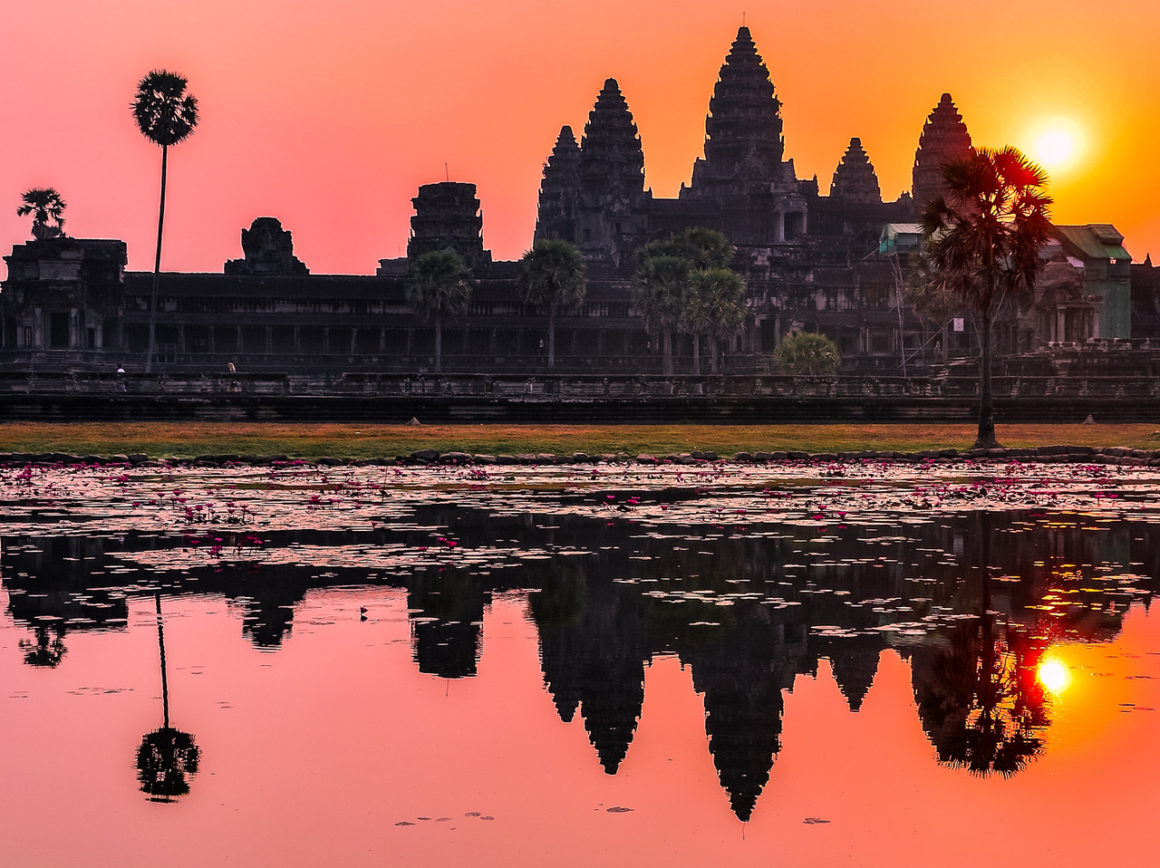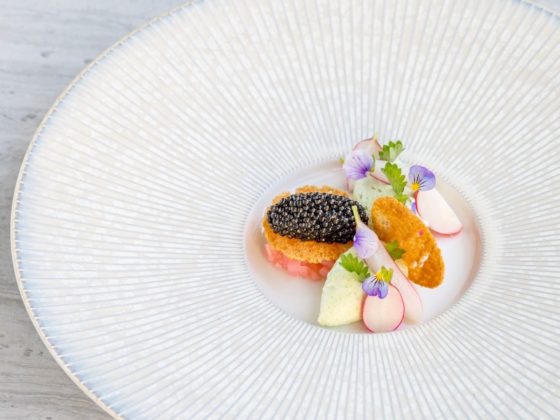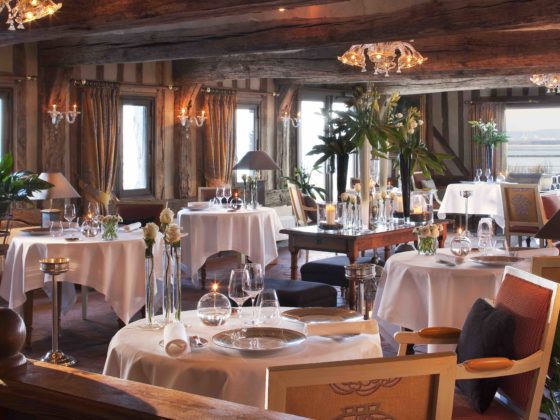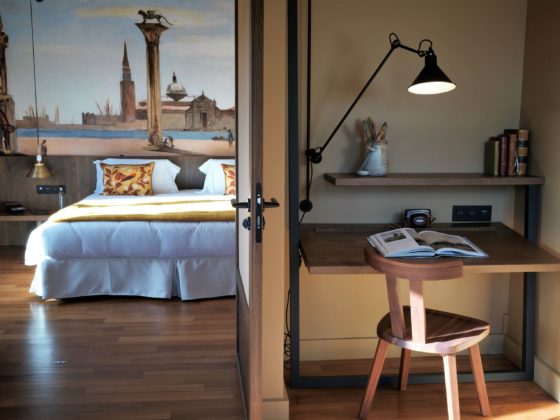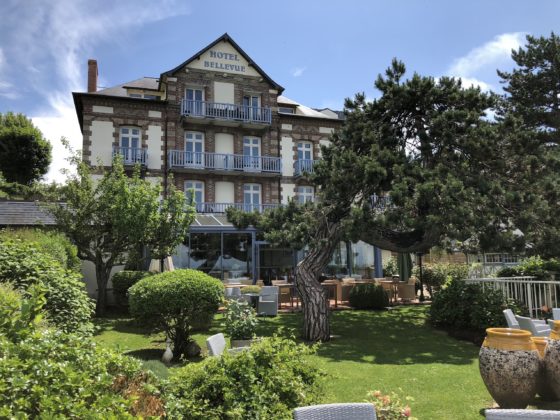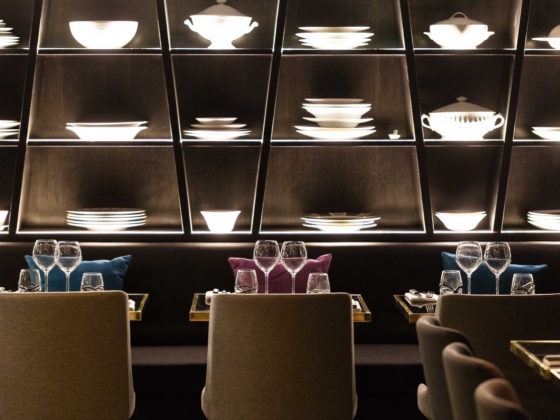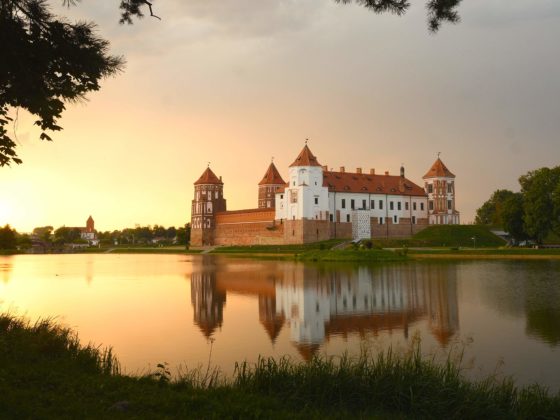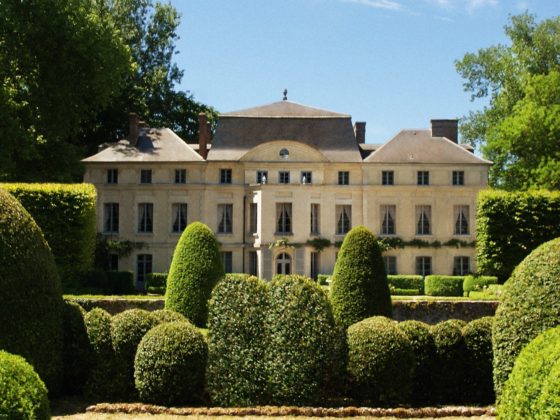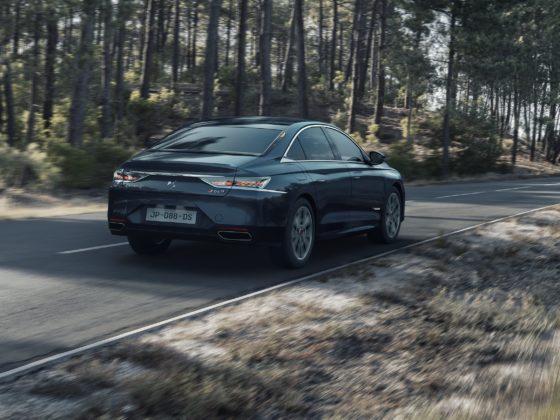Avani opened two locations in 2019 in Siem Reap, the Cambodia, and Luang Prabang, Laos. The opportunity of a combined stay for discover two neighbouring countries marked by French colonialism and with different cultural specificities.
By Romain Rivière
“The ideal season to visit Cambodia is the rainy season. Régis Binard speaks as a photographer. He knows something about it. This French photographerspecialized in humanitarian aid and travel, settled in Siem Reap about ten years ago to create his company of tourist expeditions based on photography : his clients, coming from the four corners of the world, follow him all over the country and, more widely, all over South-East Asia to learn the technique or to improve their skills with him. He knows Cambodia from every angle and in every color. Among his favorite playgrounds, the many temples that abound in the site of Angkor, the pride of Cambodia classified as World Heritage by UNESCO since 1992.
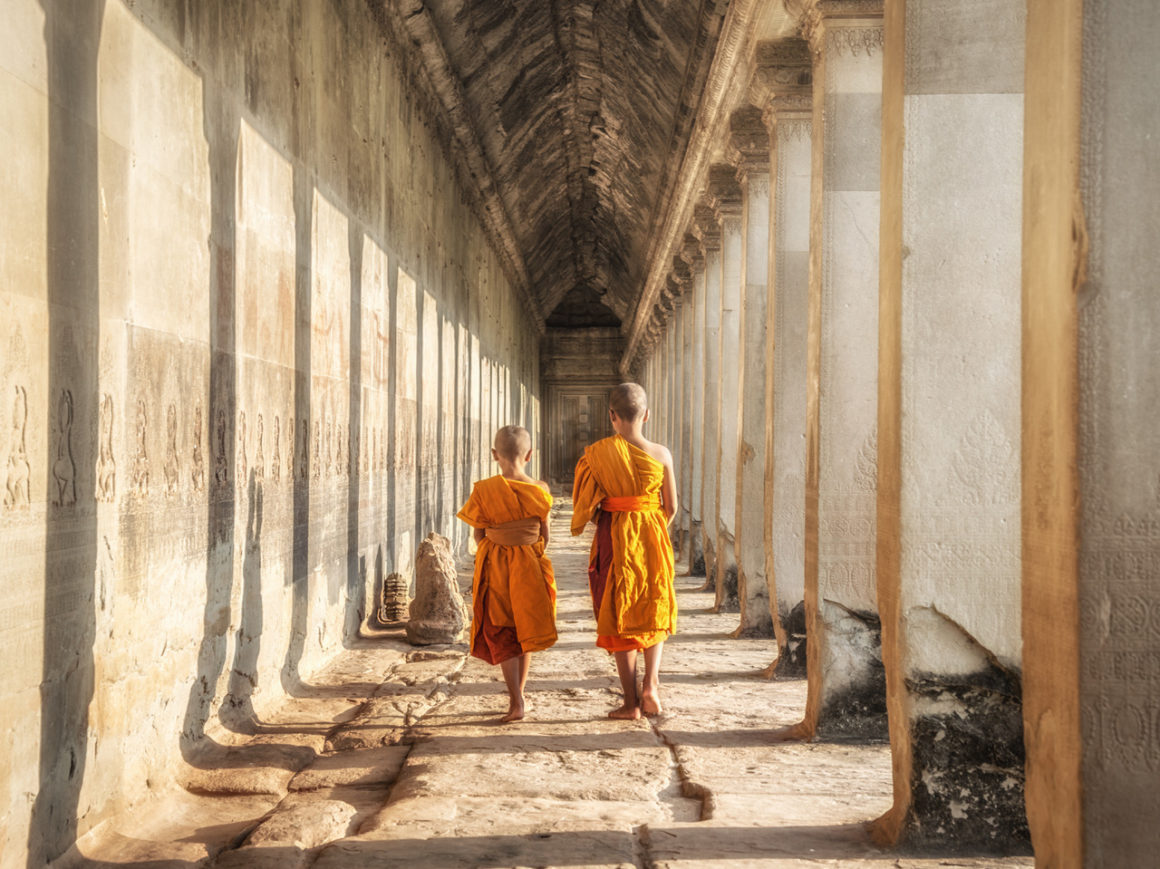
While a violent deluge falls on the Ta Prohm templebuilt at the end of the XIIe century according to the Bayon style, we look for a stable ground to put our feet; Régis Binard, on the other hand, points to the fluorescent green moss that, in some places, covers the stone of the temple blackened by the centuries. These contrasts are striking,” he says. You can only really appreciate them in the rainy season. When it’s hot and dry, the dust can obscure the nuances.” In fact, the vegetal colors and the red-toned floor increase the mystical dimension of this temple, which occupies an area nearly 700 meters wide and one kilometer long and made famous by the shooting of Tom Raider with Angelina Jolie.
For photography enthusiasts, Ta Prohm is a must, but there are still many options in the area: Angkor Wat, the largest temple in the region, Bayon and its 216 giant faces carved in the rock, etc. And it is in the heart of this gigantic archaeological site, in the center of Siem Reap, that Avani Hotels and Resorts opened its latest establishment in mid-2019: FCC Angkor. Around the city, day and night markets as well as solidarity markets give rhythm to the city and allow to discover the specificities of the local crafts.
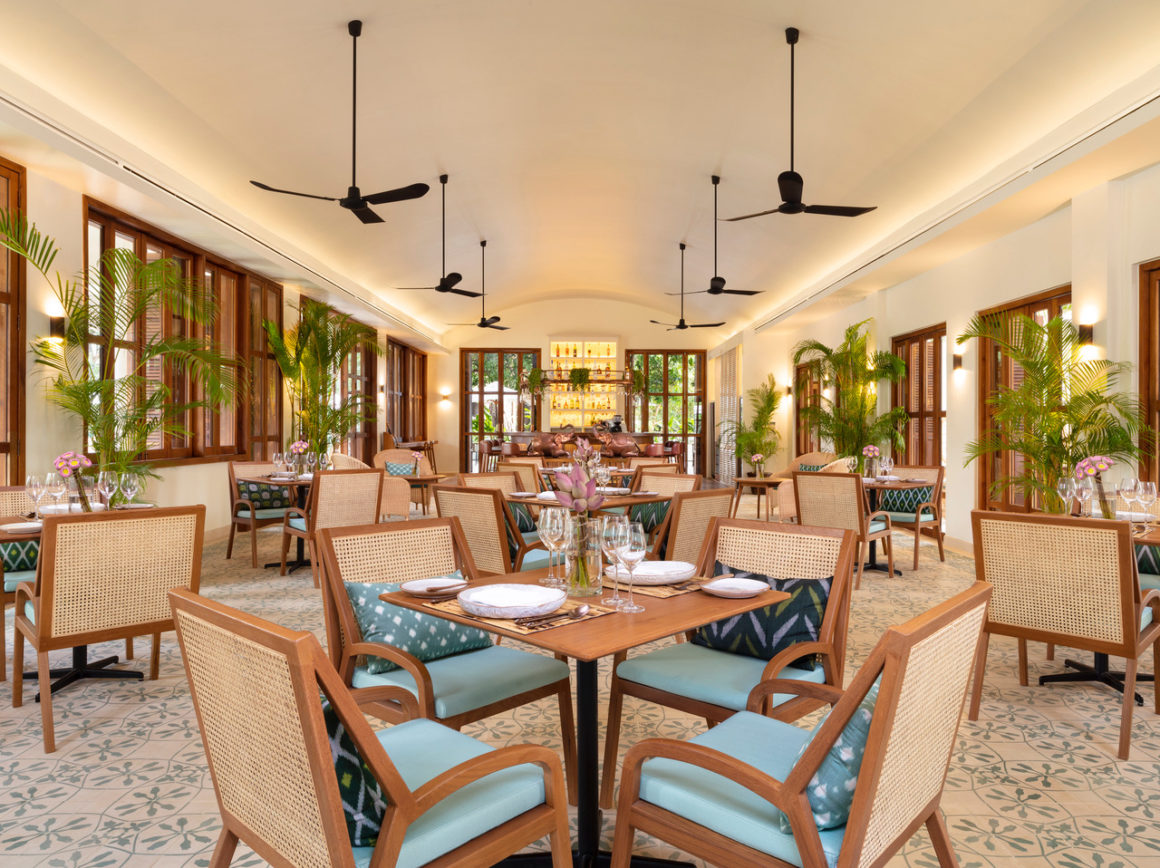
With its French colonial architecture in keeping with the history and culture of the city, FCC Angkor is one of the region’s iconic establishments. Located not far from the Independence Gardens and the Royal Residence, it is organized around the former residence of the French governor dating from the colonial era, which later became the Foreign Correspondents’ Club, popular with local and international journalists, celebrities and travelers from all walks of life. The hotel’s refurbishments, designed to fit in with the colonial-style structures, feature exotic green gardens and Khmer-inspired contemporary art; European accents complement an elegant and luxurious atmosphere. On the restaurant side, a new bar, Scribe, was designed during the renovation. Installed on the first floor on a large wooden terrace, it allows you to peacefully enjoy the green garden and its long pool. Upstairs, the Cambodian restaurant Mantion offers local cuisine in a chic bistro atmosphere.
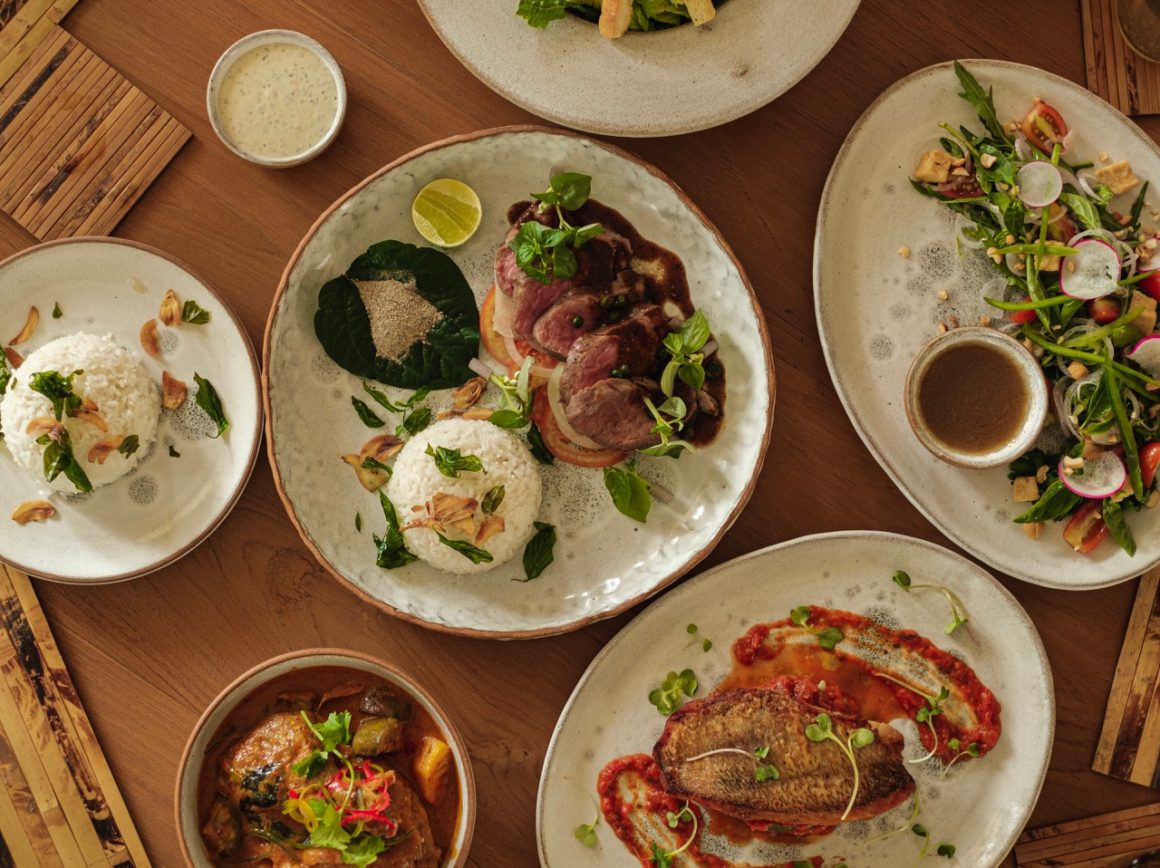
If the stay in Siem Reap is willingly placed under the sign of the expedition or hiking, there is a place that amazes both by the talents of its young artists and their joviality: the amazing Phare Circus. Here, there are no wild animals or clowns. Under this name, the association Phare Ponleu Selpak is active, whose vocation is to use art as an engine of social and human development to offer young people from disadvantaged backgrounds a professional future. In fact, at each performance, these young people with various talents – music, dance, acrobatics, juggling… -, trained by the association, lead the visitors around a one-hour show during which their energy and their talents are vividly expressed, against the background of a story staging a contemporary issue. In 2020, the Phare Circus will give an international tour that will include France and the United States.
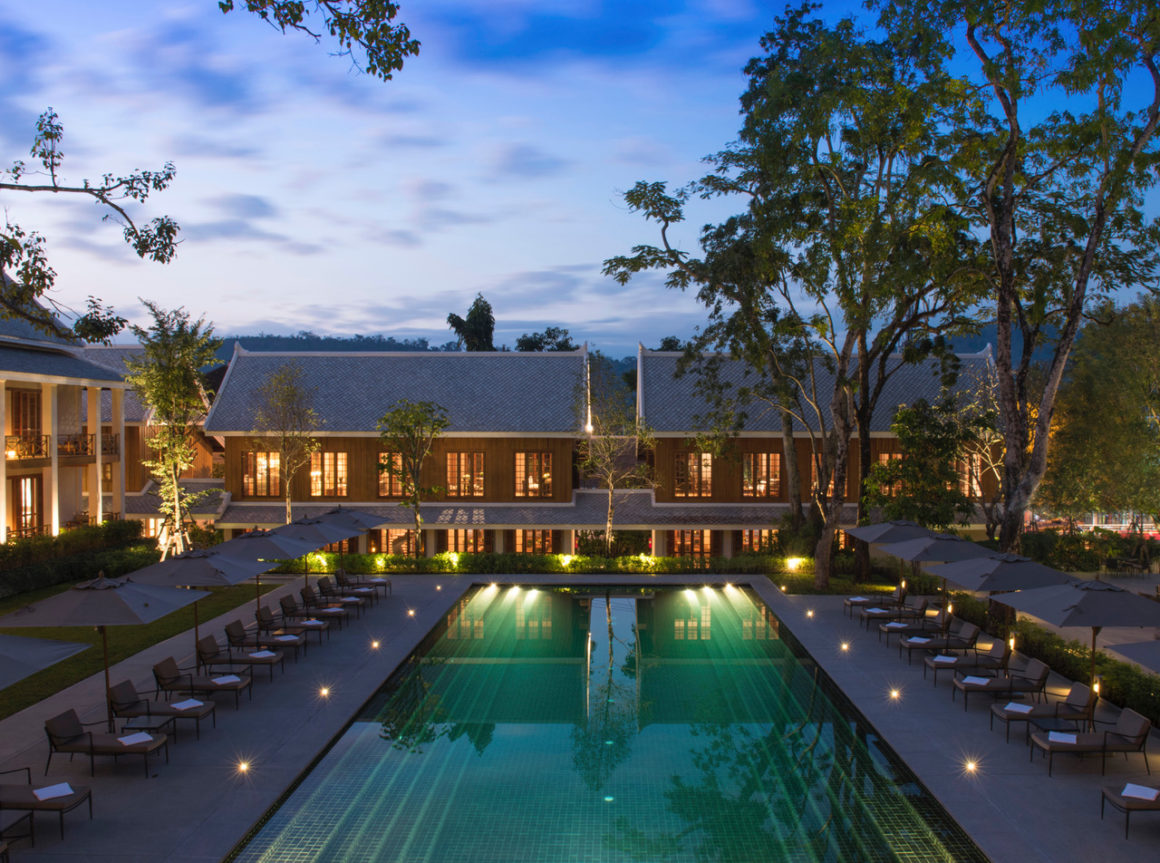
Just an hour’s flight from Siem Reap, the peaceful and charming town of Luang Prabang, considered the cultural capital of Laos and also a UNESCO World Heritage Site, is also home to an Avani hotel: the Avani + Luang Prabang. Just a stone’s throw from the Mekong River, the royal palace and the night market of this small town of 50,000 inhabitants, it boasts architecture inspired by Luang Prabang’s French colonial heritage, with a modern touch that gives it an elegant style and a tranquil atmosphere. In the center, a large pool is planted in a green setting. The Main Street Bar & Grill restaurant serves meals indoors or on the terrace and features Laotian specialties and bistro classics. AvaniSpa, on the other hand, articulates its offer around a personalized approach: the guest is invited to evaluate the problematic body zones in order to best orient the treatment according to four recommendations: stimulate, balance, calm, purify.
Located in the heart of the city with 62 temples and monasteries, the hotel allows the visitor to easily enjoy its assets and discover its specificities. For example, the nightly market, featuring local fabrics, jewelry and decorations, is held every evening in front of the establishment. Most of the temples are within walking distance, as well as Mount Phousi, the highest point of Luang Prabang.

A short hour drive away, the site of Kuang Si is worth a visit. In the middle of the forest, its waterfalls and its turquoise waters make it a place out of time and out of the ordinary. On the way back, half way, the buffalo farm, the only dairy farm in the country, allows you to taste the local cheeses – mozzarella, cheese-cake, ice-creams… – while participating in the development of a solidarity enterprise: this farm, a pioneer in the field, involves the locals who receive a regular income in exchange for the renting of their animals whose health is taken care of. The dairy, which uses exclusively local labor, ensures that the inhabitants learn a trade and the English language. At the same time, the farm team is experimenting locally with sustainable organic agriculture, based in particular on the production and use of compost. Finally, two Indian buffaloes were imported to the site, in order to diversify the dna of the animals to reduce health problems due to the weakness of the local bovine population. The Laotian art of living is also this: the meeting between solidarity development and tourist discovery.


